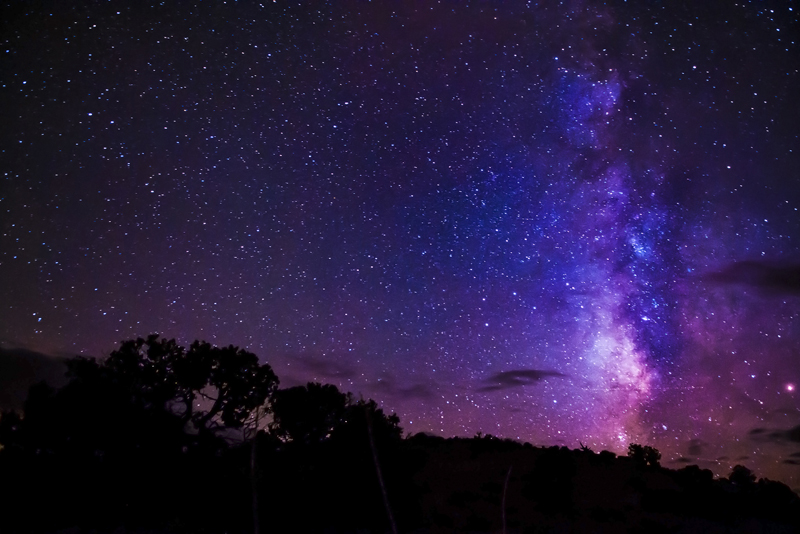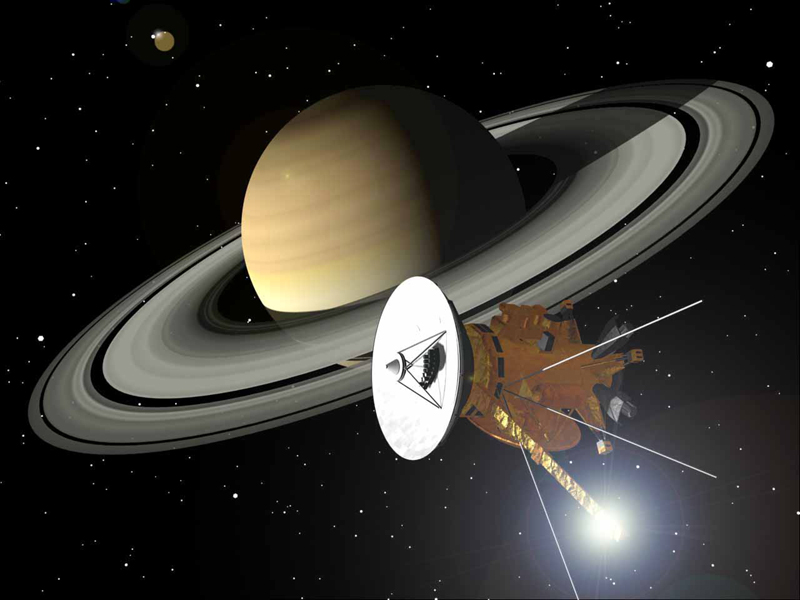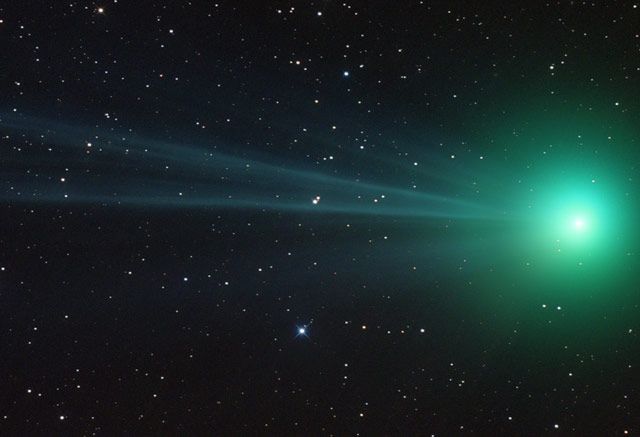Hi everybody!
December 11, 1863 was the birth date of the remarkable Annie Jump Cannon. She was a suffragette and campaigner for women's rights, as well as the person who classified a quarter of a million stars for the Henry Draper Catalog. Cannon was dedicated to her work, despite her lowly position and poor pay at Harvard Observatory. She also overcame the handicap of deafness to be successful in her work and earn an international reputation.
In 1932 Cannon won a prize intended to help women pursue scientific research. She was the last winner of the prize, for they stopped awarding it on the grounds that women had achieved equal opportunities for scientific research. Cannon disagreed and used the money to set up another prize. This was to help women in astronomy research and it's still going.
If you don't already know about Annie Cannon, here is a short biography:
http://www.bellaonline.com/articles/art28074.asp
*New article*
In honor of the beautiful gem gracing the morning skies, here is a new article about the planet Venus. It says it's for kids, but it's for everybody.
Venus Facts for Kids
It's the planet most likely to mistaken for a UFO. It spins backwards on its axis. A day is longer than a year. It's Venus! Some call it Earth's twin, but I think you'll see that we don't have all that much in common.
http://www.bellaonline.com/articles/art35893.asp
*It's the 500th exoplanet discovered*
At the end of November the 500th extrasolar planet was added to Extrasolar Planets Encyclopedia. Their database is here, if you're interested: http://exoplanet.eu/. Also "Searching for Extrasolar Planets" can tell you more about this subject. http://www.bellaonline.com/articles/art66984.asp
*Incredibly big prominence on the Sun – have a look!*
The Solar Dynamics Observatory found this absolutely enormous looping prominence on the Sun two days ago. It's at the bottom of the picture and is probably about 700,000 km (437,500 miles) across. You could line up fifty Earths across it.
http://sdo.gsfc.nasa.gov/assets/img/browse/2010/12/06/20101206_174957_2048_0304.jpg
*Citizen science – You can play too!*
There are lots of telescopes out there, collecting lots of data. This creates the problem of sorting through it and making sense of it, which is very time-consuming and expensive. But what if you could get lots of volunteers to help out? The Galaxy Zoo was such a citizen science project. You did a training exercise in recognizing different galaxies types and then started classifying them from Hubble Space Telescope pictures.
In 2007 one of the volunteers discovered a new type of object. It's called Hanny's Voorwerp. Hanny van Arkel is a Dutch schoolteacher and “voorwerp” is Dutch for “object.”
There is now a brand new project. It is an exploration of the Milky Way, using Spitzer Space Telescope data. Have a look at http://www.milkywayproject.org/ But take care. If it's as addictive as the Galaxy Zoo, it will be hard to tear yourself away once you get into it!
That's all for this week. Wishing you clear skies.
Please visit astronomy.bellaonline.com for even more great content about Astronomy.
To participate in online discussions, this site has a community forum all about Astronomy located here -
http://forums.bellaonline.com/ubbthreads.php?ubb=postlist&Board=323
I hope to hear from you sometime soon, either in the forum or in response to this email message. I welcome your feedback!
Do pass this message along to family and friends who might also be interested. Remember it's free and without obligation.
Mona Evans, Astronomy Editor
http://astronomy.bellaonline.com
astronomy Newsletter








